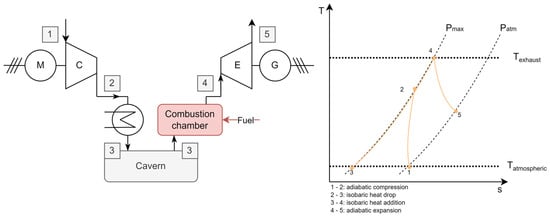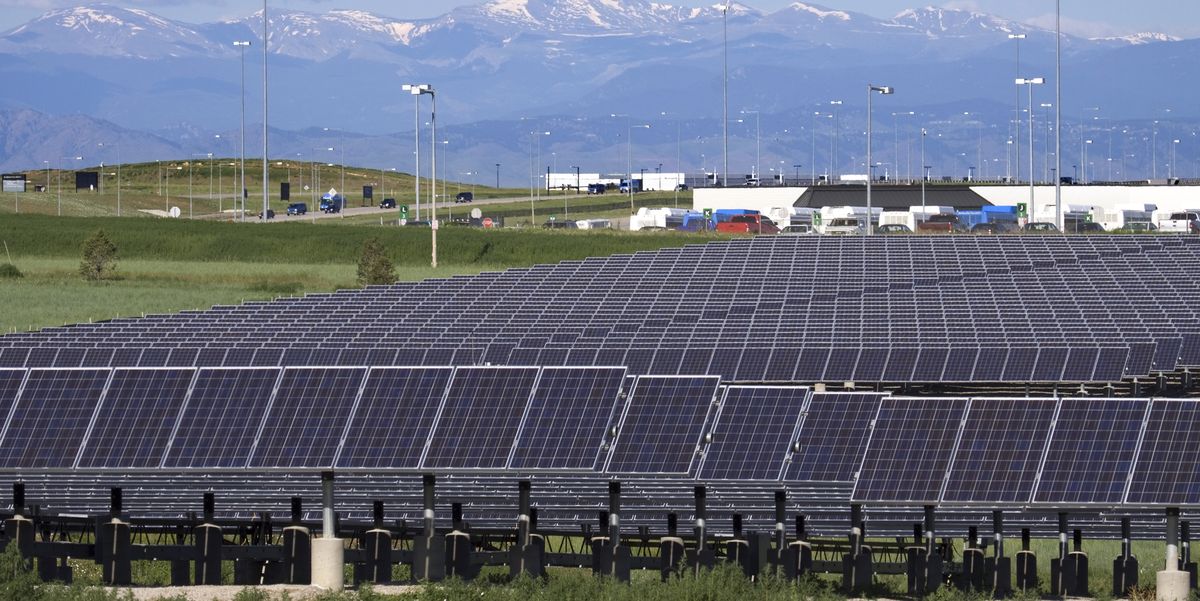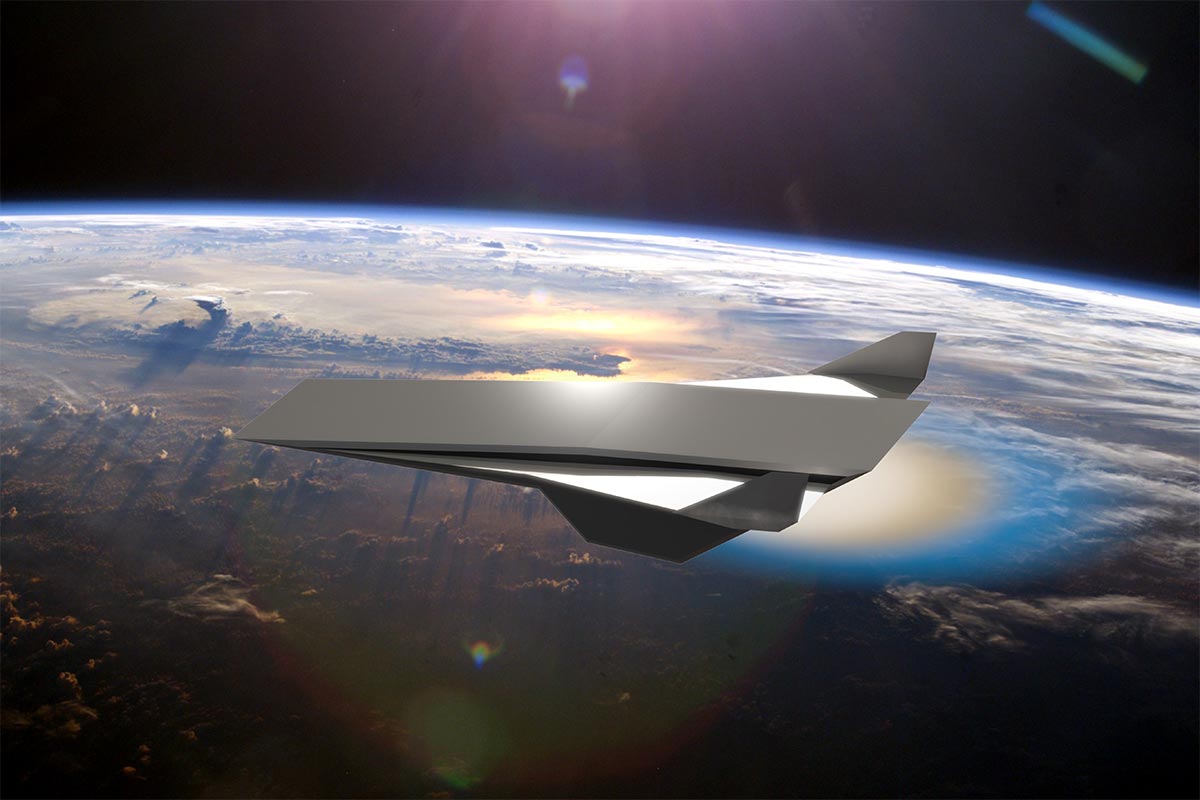
Status and Development Perspectives of the Compressed Air Energy Storage (CAES) Technologies—A Literature Review
Abstract: The potential energy of compressed air represents a multi-application source of power. Historically employed to drive certain manufacturing or transportation systems, it became a source of vehicle propulsion in the late 19th century. During the second half of the 20th century, significant efforts were directed towards harnessing pressurized air for the storage of electrical energy. Today’s systems, which are based on storing the air at a high pressure, are usually recognized as compressed air energy storage (CAES) installations. This paper aims to provide an overview of different technologies that take advantage of the energy accumulated in the compressed air. Particular attention is paid to the CAES installations that are working as electrical energy storage systems (EESs). These systems, developed originally as large capacity (>100 MWe) and fuel-based installations, may soon become fully scalable, highly efficient, and fuel-free electrical energy storage systems. To present this opportunity, a thorough review encompassing previous and up-to-date advancements in their development was carried out. In particular, CAES concepts, such as diabatic (D-CAES), adiabatic (A-CAES), and isothermal (I-CAES), are described in detail. This review also provides the detailed characteristics of the crucial elements of these configurations, including compressors, expanders, air storage chambers, and thermal storage tanks. Knowledge of these components and their role allows us to understand the main challenges behind the further development of the mentioned CAES setups. Apart from the CAES systems that are designed as EES systems, this paper describes other prospective technologies that utilize the energy of pressurized air. Accordingly, compressed air cars and their key elements are explained in detail. Moreover, the technology renowned as wave-driven compressed air energy storage (W-CAES) is described as well, indicating that the utilization of pressurized air represents a viable option for converting ocean energy into electrical power. Keywords: CAES; compressed air; energy storage
Jankowski, M.; Pałac, A.; Sornek, K.; Goryl, W.; Żołądek, M.; Homa, M.; Filipowicz, M. Status and Development Perspectives of the Compressed Air Energy Storage (CAES) Technologies—A Literature Review. Energies 2024, 17, 2064. https://doi.org/10.3390/en17092064




















